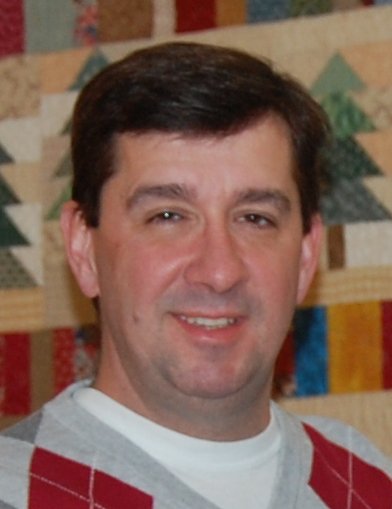 |
NOAA has selected James Gridley, Ph.D., to lead NOAA’s National Tsunami Warning Center in Palmer, Alaska. The center delivers tsunami forecasts and warnings to the lower 48 United States, Alaska and Canada.
NOAA’s National Weather Service operates two tsunami warning centers, staffed 24 hours a day, 7 days per week, to protect life and property from tsunamis. To do this, the centers monitor observational networks, analyze earthquakes, evaluate water-level information, issue tsunami messages, conduct public outreach and coordinate with the National Tsunami Hazard Mitigation Program and government, academic and international organizations.
Gridley brings a wealth of geophysics and seismic experience to NOAA. As president of FocalPoint monitoring, he consulted on surface microseismic and induced seismic problems related to oil and gas exploration. Prior to that, he was chief technical advisor at Halliburton, where he applied geophysics expertise to microseismic research, development and operations. His experience also includes managing portable seismic device programs at Incorporated Research Institutions for Seismology; senior scientist at BBN Technologies; geophysicist for the Office of Naval Intelligence; president of Fulcrum Science and Technology; and research scientist at Amoco Corporation.
“James has the depth of scientific knowledge, partner relationships and transformational vision to drive National Tsunami Warning Center operations into the future,” said Carven Scott, director of the National Weather Service Alaska Region. “His commitment to advancing NOAA’s tsunami warning system through forward-leaning science and technology innovation will help us build a weather-ready nation by protecting people when tsunamis threaten.”
Gridley earned a bachelor’s degree in geology, with minors in physics and mathematics from Northern Illinois University and a master’s degree in geophysics and seismology from New Mexico Institute of Mining and Technology. He holds a doctorate in geophysics and seismology from The University of Texas at El Paso and a law degree from the University of Tulsa.
According to NOAA’s Global Historical Tsunami Database, tsunamis that cause damage or deaths near their source occur approximately twice per year. Tsunamis that cause damage or deaths on distant shores (more than 1,000 kilometers, 620 miles, away) occur about twice per decade.
Although tsunamis cannot be prevented, people can take action before a tsunami that could save lives. Importantly, everyone should know whether their home, school or workplace is in a tsunami hazard zone.